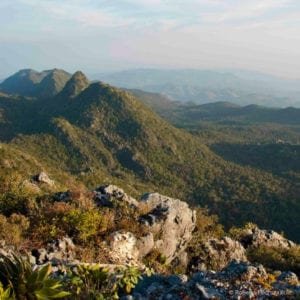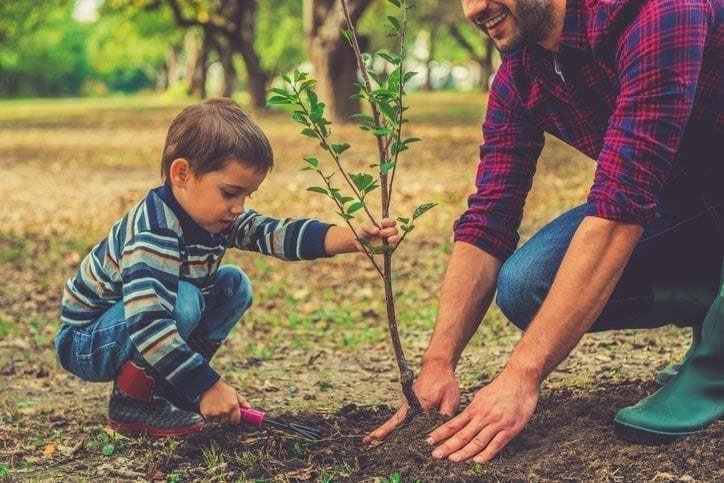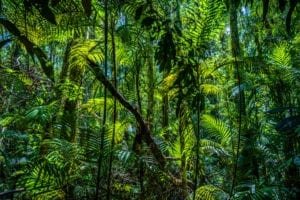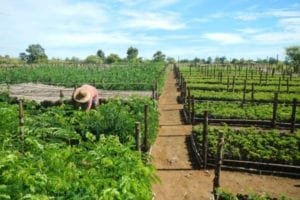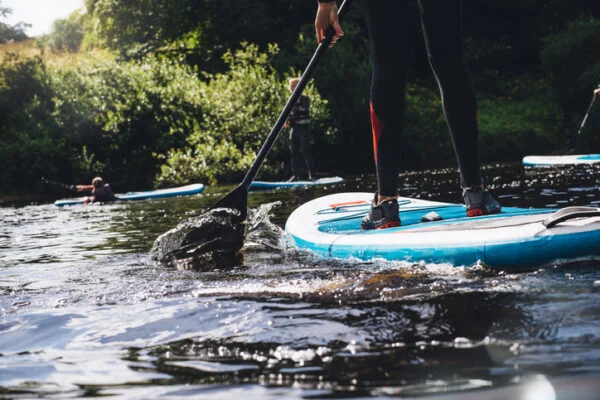Loss and fragmentation of woods and trees
Only 2.5% of the UK’s land area is ancient woodland, and many ancient woods are now isolated.
At least 1,225 ancient woodlands are currently under threat from destruction by new built development.
85% of individual field trees have been lost over the last 150 years, shown in a study of the ‘Eastern claylands’ of Norfolk and Suffolk. This is likely to be replicated across the UK.
Habitat fragmentation is causing declines in species abundance; marsh tit – one of the UK’s fastest-declining birds (with a 70% decline in numbers since 1970) – depends on well-connected woods for breeding success.
The once widespread hazel pot beetle is now one of the UK’s rarest insects due to the loss of scrubby woodland edge habitats.
Pests, diseases and pollution
19 new damaging tree pests and diseases have established in the UK since 1990, and only four in the previous 40 years.
A 10-fold increase in imported live plant value since 1990 is likely fuelling the increase in new tree disease and pests.
For every £1 earned from importing plants, it costs £50 to manage the resultant pests and disease.
Tree disease and pests are causing local extinctions of wildlife species across the UK; 120 million ash trees alone will be lost to ADB, meaning at least 106 ash-dependent species could see dramatic declines.
Nearly all UK woods exceed thresholds for nitrogen pollution, which is wiping out lichens and other species. This is leading to disruption and a decline of ecosystems that is causing micro-extinctions.
Clean air lichens (such as beard and horsehair lichens) are disappearing from tree trunks and branches.
Nitrogen-tolerant grasses and plants are wiping out woodland flowers such as violets, bugle, heather and bilberry. There are fears that bluebells might be decreasing in some woods as other woodland plants like wild garlic dominate.
Slow rate of expansion
Only 290,000ha of new woodland has been created over the last 20 years; in the next 20 years we will need to create at least 600,000ha. The current speed of expansion is not fast enough.
Over the last five years only 45% of new woodland comprised broadleaf trees; we need to increase the proportion of new native trees if we are to tackle the nature crisis.
Trees outside woods are not being replaced, yet the two most common species – oak and ash –are threatened.
Compounding effects
Most woods and trees are impacted by more than one threat at the same time.
For example, Scotland’s rare rainforest habitat is under threat from overgrazing by deer, plantation forestry, invasive rhododendron, tree disease (especially ash dieback), nitrogen air pollution and climate change. This results in increased rates of wildlife decline and loss.
Groups of indicator species for all UK woods are showing steep declines. There’s an average 47% decline in woodland specialist birds, 41% decline in butterflies and 18% decline in woodland flowering plants.
The willow tit is the fastest-declining woodland bird because of poor woodland condition, climate impacts and habitat fragmentation.
Even our iconic oak is under threat from climate change, disease and pests and pollution.
A healthy society needs healthy woods and green spaces, not only to help tackle climate change, but also greatly benefits people’s health and wellbeing.
 Play Video about This Rock Might Just Save The World
Play Video about This Rock Might Just Save The World Play Video about Play 2 hours of rock
Play Video about Play 2 hours of rock Play Video about Play 2 hours of brook
Play Video about Play 2 hours of brook Play Video about Play 2 hours of sheep
Play Video about Play 2 hours of sheep


















